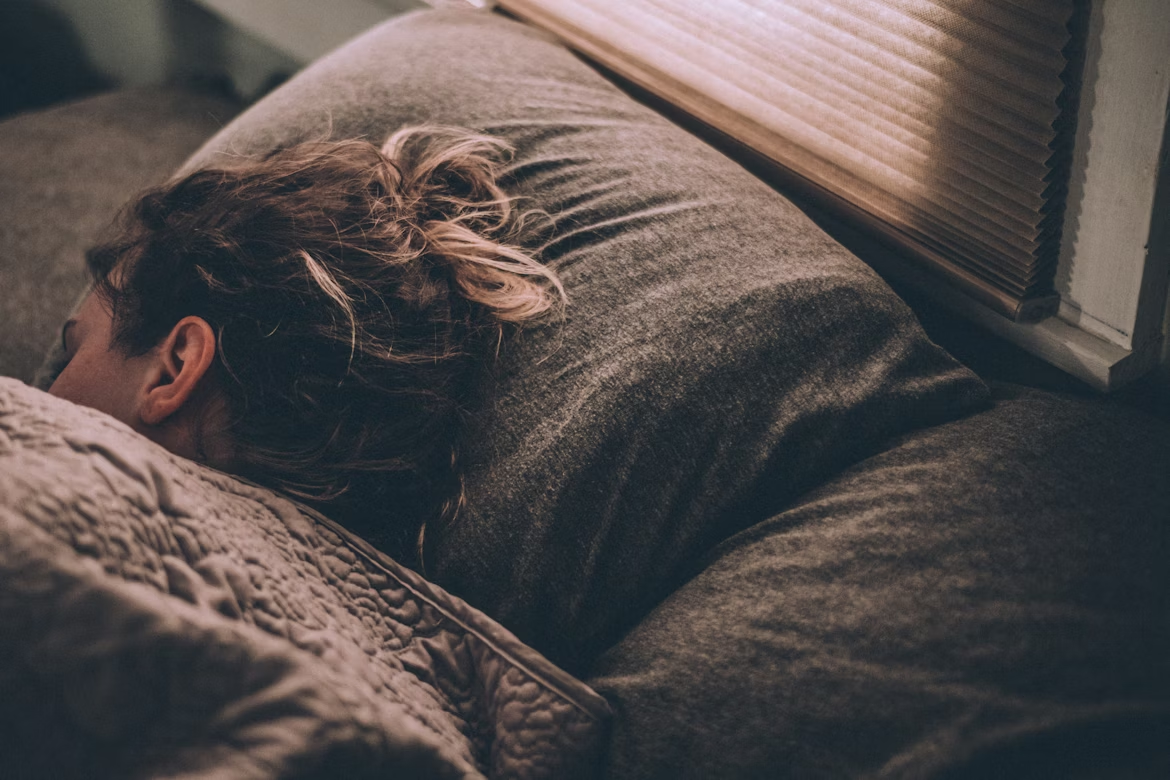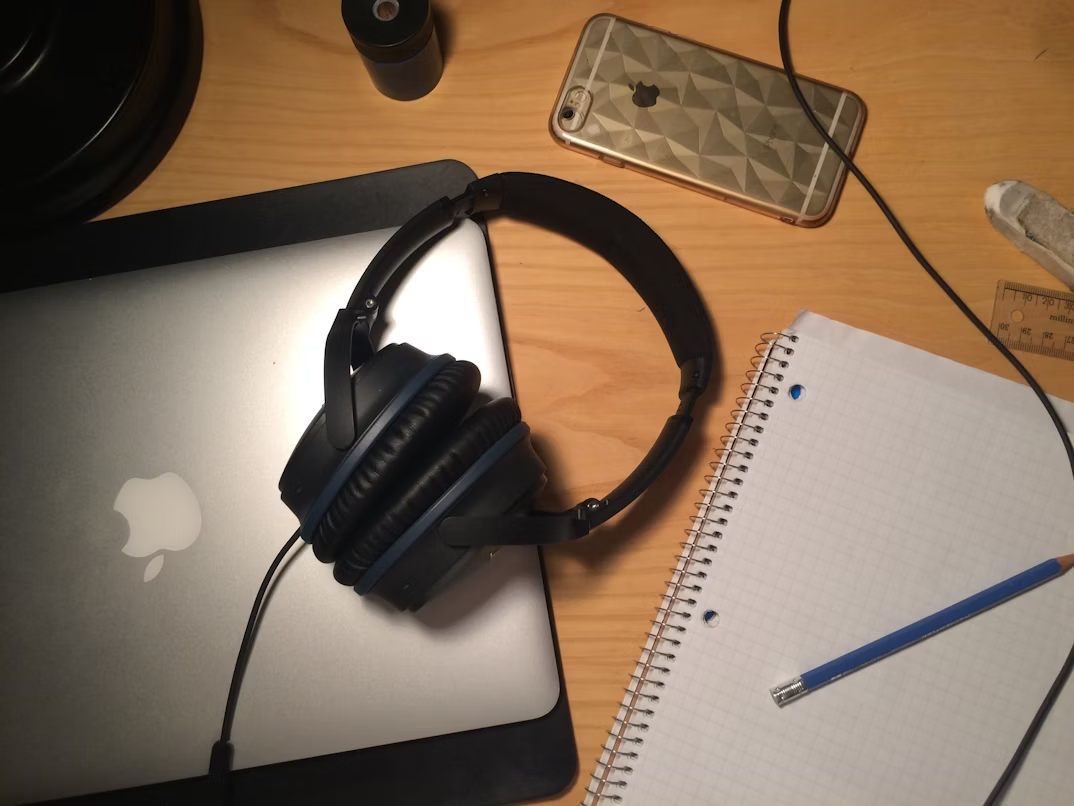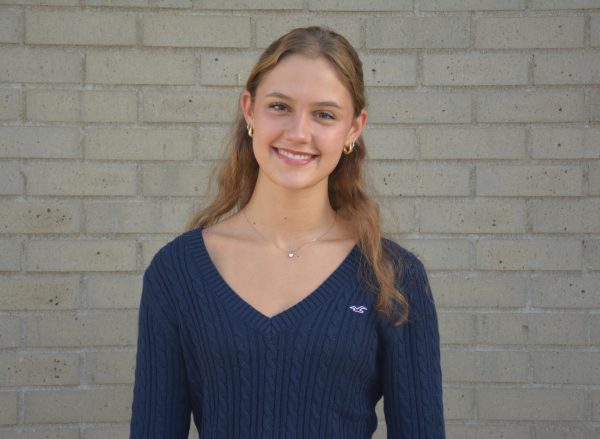As the days grow shorter and the weather colder, many people find their moods shifting along with the seasonal changes. While it can be common to feel less motivated during winter, for some people, these changes develop into something more than the normal “winter blues.” This pattern of mood disturbance is known as Seasonal Affective Disorder, or SAD.
When asked about the disorder, AP Psychology teacher Mr. Schniepp says, “It’s a type of depression that follows a seasonal pattern, popping up around November and lasting until probably January. It’s tough to get through those months, I’m just glad I clearly don’t have it.”
In proper psychological terms, SAD is classified as a mood disorder that is characterized by recurring depressive episodes that occur in correlation to a specific season. It usually develops in response to a lack of exposure to sunlight and an imbalance in circadian rhythms.
But what does this mean? In simpler terms, when the weather turns cold and gloomy, someone with SAD can begin to feel cold and gloomy along with it. The weather begins to control a person’s mood in more than just the occasional daily downbeat mood swing.
Common symptoms include difficulty concentrating, changes in appetite, low energy and a general lurking sense of sadness. Thankfully, for those with SAD, these symptoms and that broad sense of hopelessness will improve as spring approaches.
Psychologists often suggest that SAD can be linked to the brain’s automatic response to a decrease in sunlight, which is known to affect brain levels of melatonin and serotonin. With melatonin helping control the sleep-wake cycle and serotonin influencing energy levels, these two chemicals regulate sleep and mood. When these chemical levels drop, people feel tired earlier in the day and feel fatigued or unhappy.
While SAD can affect practically anybody, it is most commonly diagnosed in teenagers. For high school students such as seniors, the pressure of college applications, which are due at the start of December, can weigh heavily on a person’s mental well-being. The natural stress of college apps is plenty, but when combined with the colder weather of the winter season, the feelings of exhaustion only intensify.
Treatment for SAD can vary depending on the level of severity. For milder cases, simple lifestyle shifts like getting outside during sunny hours and maintaining a consistent sleeping schedule can make a big difference in that person’s overall mood.
More severe cases might require professional help, including light therapy or cognitive behavioral therapy (CBT). Light therapy is the act of mimicking natural sunlight, while CBT addresses the negative thought patterns that plague those with SAD.
While being diagnosed with SAD can be a discouraging feeling, it is always important to know that it is an incredibly common diagnosis and it is also easily treatable. Even something as small as staying outdoors or connecting with friends and family can help lift a person’s mood.
As winter is approaching, the key to keeping your mental health intact comes from being aware of how seasonal changes can affect your mental state. Sometimes, knowing that your sadness comes from an outside reason that can be treated can feel more reassuring and make all the difference.





